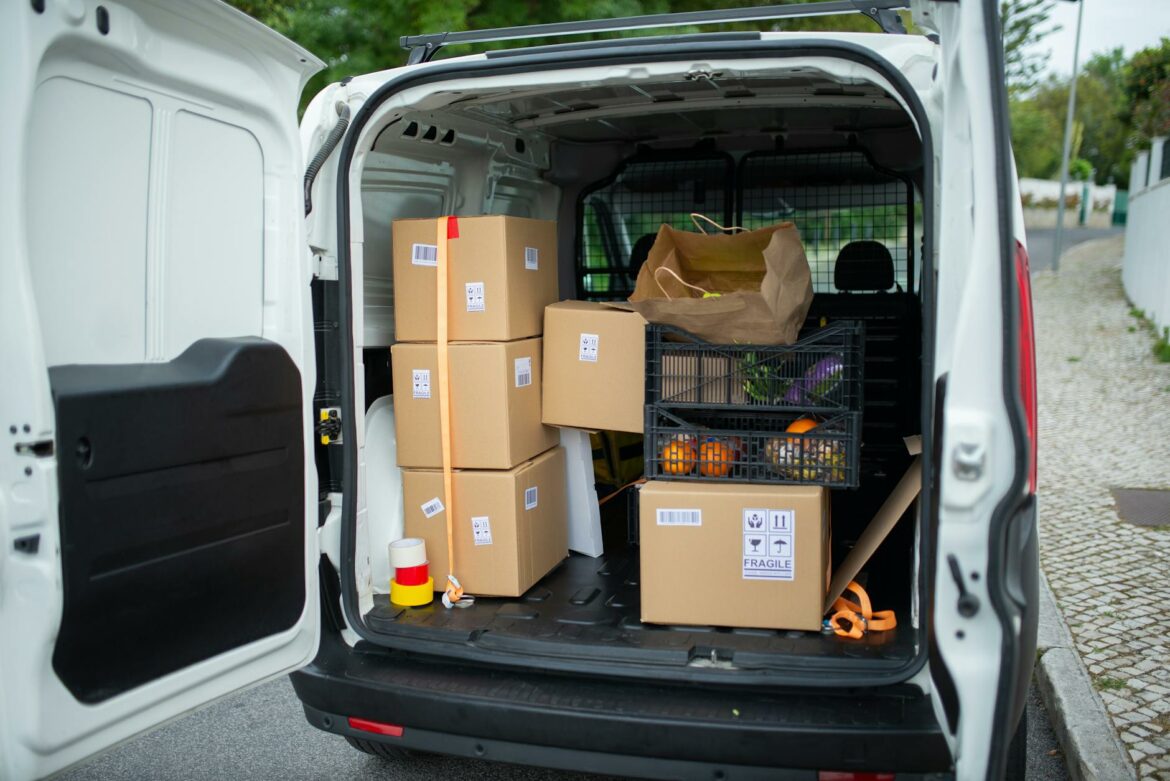The first snowflakes of winter swirl gently through the air, like tiny ballerinas performing a delicate dance, landing softly on the ground to create a fluffy white blanket. The world has transformed into a winter wonderland, bright and serene, where every breath feels crisp and fresh. As I gaze out at the frosted trees and the stark contrast of a deep blue sky, a familiar excitement bubbles within me. Winter trips have a magic all their own, but they also demand careful planning—especially when it comes to packing ultralight.
Imagine stepping into the crisp morning air, your backpack snug against your back, each ounce minimized yet every essential meticulously accounted for. Packing ultralight for winter excursions can feel daunting—after all, you’ll need to keep warm while ensuring you have everything you need to stay safe and comfortable. Through years of trials and (sometimes) frigid errors, I’ve honed a packing philosophy that’s both practical and liberating. It strikes a balance between warmth and weight, allowing you to traverse snowy trails with ease.
The first principle of ultralight packing is to focus on the essentials—every item must earn its place in your pack. Start by assessing your trip’s specific needs: How long will you be out? What type of terrain will you encounter? Are you traveling solo or with a group? These factors determine not just what you need to bring but also how you can share gear, like cooking and shelter equipment, if you’re with fellow adventurers.
When it comes to clothing, layer wisely. Instead of bulky, insulated pieces, opt for lightweight, moisture-wicking base layers that allow for heat regulation. Merino wool is a fantastic choice—its natural properties keep you warm without bulk and maintain a degree of breathability. On top of your base layer, a mid-layer of fleece or down offers warmth. Look for down jackets that compress easily and pack small; many nowadays come in featherweight designs that fit neatly into pockets or the bottom of your pack.
For your outer layer, a durable, waterproof shell is essential. Look for lightweight options that block both wind and moisture, ensuring you’re dry and comfortable. It’s worth investing in a quality jacket that can withstand the elements while being light enough that it doesn’t weigh you down. When temperatures drop, don’t forget about your extremities. Lightweight gloves and beanies can easily be packed away, but they provide significant warmth. In fact, losing body heat through your head and hands can make you feel much colder than you actually are.
Footwear is another area where ultralight packing shines. Choose insulated, waterproof boots that don’t sacrifice comfort for weight. There are various options out there that provide decent warmth without leaving your feet feeling like lead. Pair them with thermal socks made from moisture-wicking materials to keep your feet dry and warm. And remember, it’s often smart to carry an extra pair of socks; wet feet can quickly turn a pleasant hike into a miserable experience.
Now, let’s talk about your sleep system, which is often a significant contributor to your pack’s weight. Opt for a high-quality, compact sleeping bag rated for cold temperatures. Many brands offer down bags that compress to the size of a water bottle while still providing excellent insulation. Pair it with an inflatable sleeping pad that offers both comfort and insulation from the cold ground. These items not only save weight but also pack easily into your backpack—leaving ample space for other essentials.
For cooking gear, seek out lightweight cookware, such as titanium pots, which are remarkably durable yet featherlight. A compact camp stove can also make a world of difference when it comes to meal prep. Look for models that use small, propane canisters—they are often lighter and quicker to set up than their larger counterparts. Remember to pack dehydrated meals that require minimal water and cooking time, saving both weight and effort.
Hydration is crucial in winter, even if you don’t feel as thirsty as in the summer. Insulated water bottles are critical for preventing your water from freezing, and you might also consider a hydration reservoir. It’s less likely to freeze than a traditional water bottle and can be easily sipped on the go. If you’re concerned about your water freezing, pack along a small thermos for hot drinks—it adds a touch of warmth that can make your day on the trail feel even cozier.
First aid and safety gear shouldn’t be neglected, either. A minimalist first aid kit with the basics—band-aids, antiseptics, and any medications you might need—will suffice. In winter, having an emergency blanket can also be a lifesaver; these compact, lightweight sheets reflect body heat and can keep you warm in a pinch.
When you pack, consider multi-functional items. A lightweight scarf can double as a field bandage or a head covering, while your trekking poles can assist in navigating snowy terrain and provide stability. It’s about thinking outside the box and selecting gear that serves multiple purposes.
As you prepare your pack, challenge yourself to streamline your choices. Will you really need that extra pair of pants for a two-day trip? How about that third pair of gloves? If you keep asking, “What if?” remember that the beauty of ultralight packing is embracing the adventure and knowing that you can rely on your wits and resourcefulness.
Ultimately, packing ultralight for winter trips is about mindfulness—considering your needs, the environment, and how to move efficiently while enjoying the stunning landscape you find yourself in. It’s not just about reducing weight; it’s about enhancing your experience. The lighter your pack, the greater your ability to explore. And as you stand at the edge of the evergreen forest, the world blanketed in snow, you’ll feel the freedom that comes with being prepared, unburdened, and ready for whatever lies ahead.

